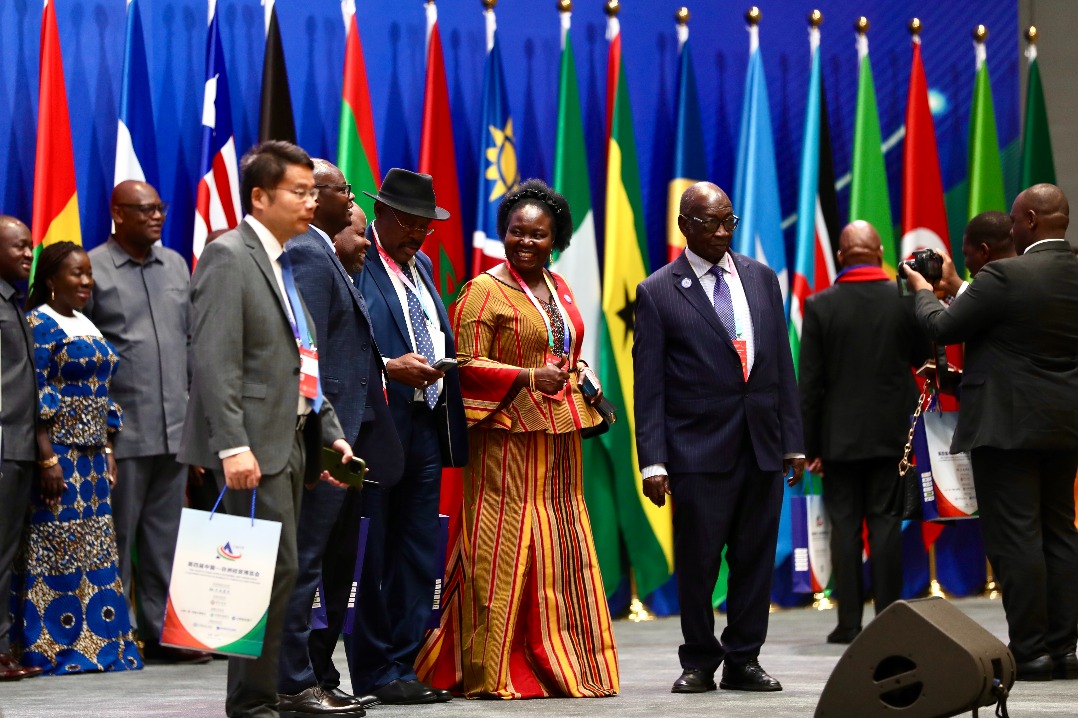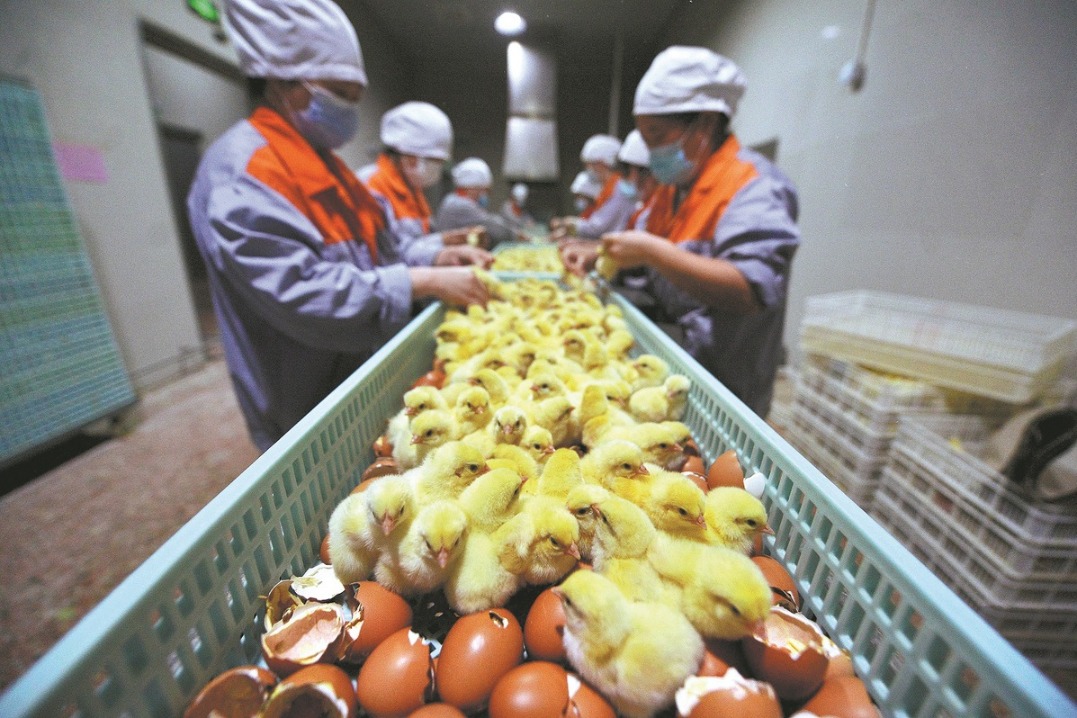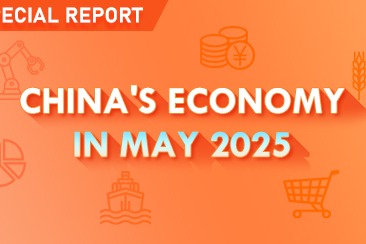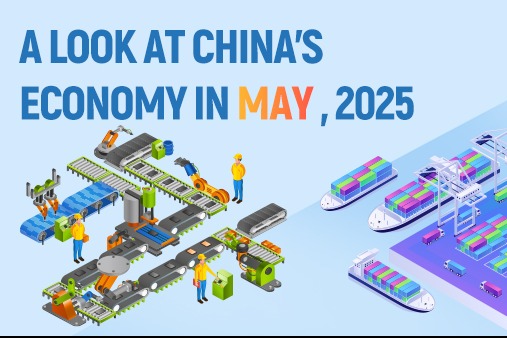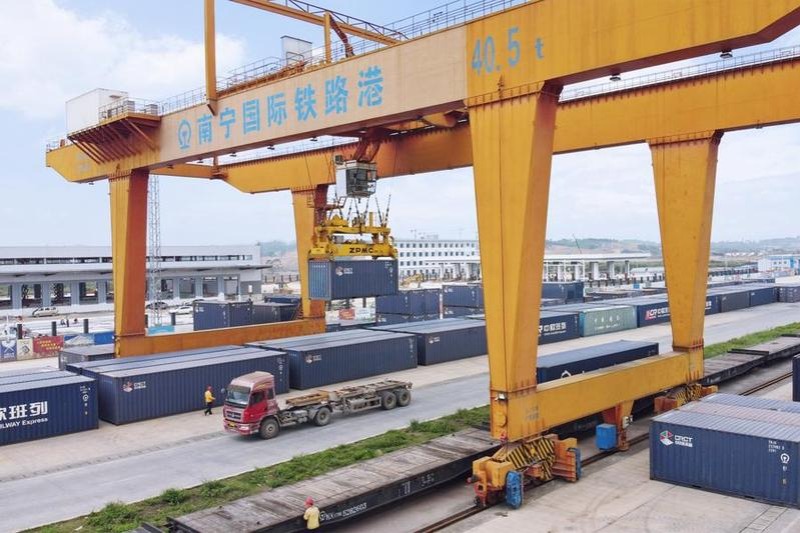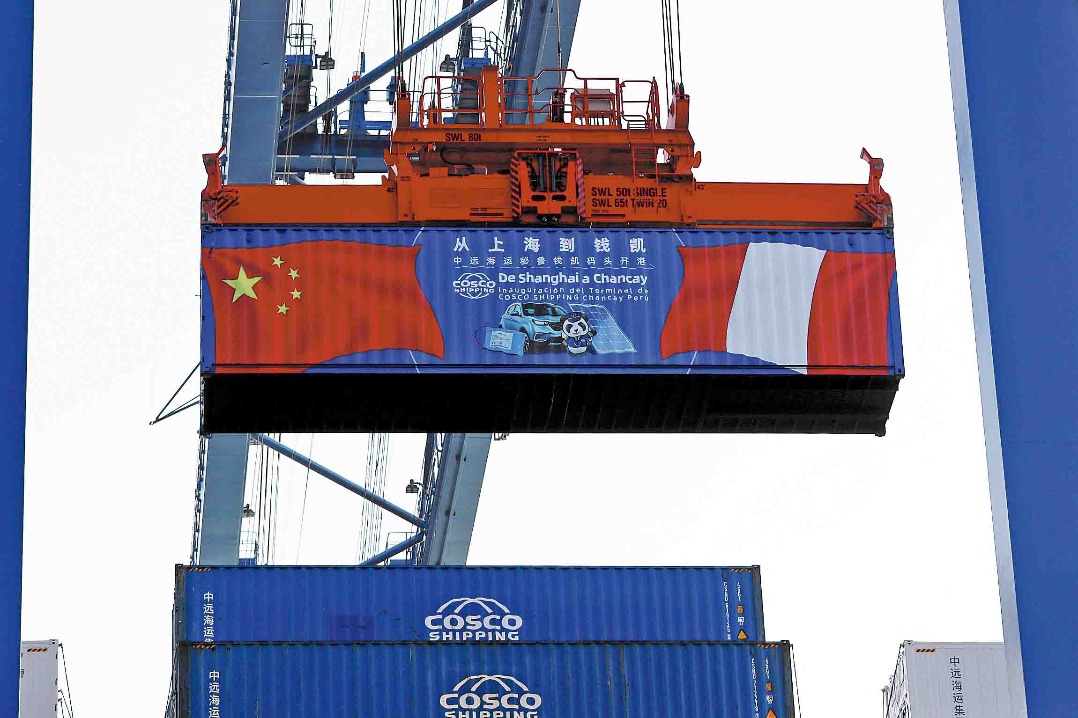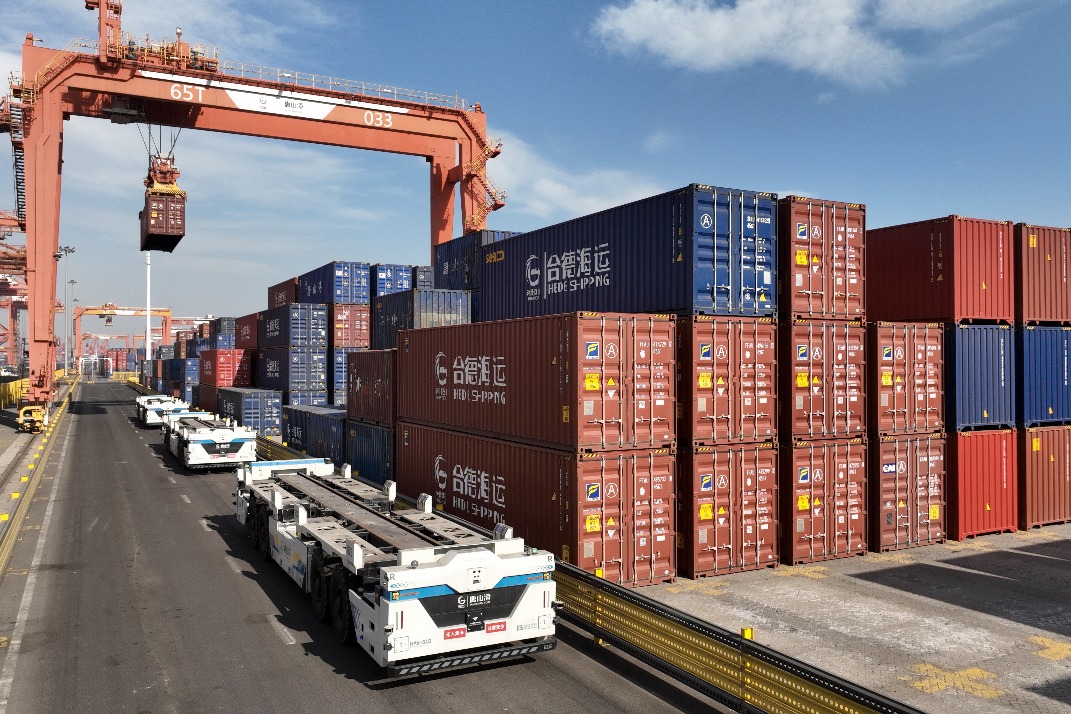Economic reform underlines efficiency, innovation


China's growth over the last 40-plus years has been called an economic miracle, but there are logical explanations for the country's achievements.
Partly the growth is due to the high rate of savings that allowed the fast accumulation of productive capital and infrastructure. Partly it is due to large investments in scientific and technical education. Yet, the key enabler of China's growth has been a long series of market-based, productivity-enhancing reforms that started in the late 1970s and are still picking up steam today.
During a trip to Jilin province in late July, President Xi Jinping stressed that the government must quicken its steps to transform its functions and foster a business environment that is in line with market principles, the rule of law and international standards.
Xi also highlighted the need to make the economy more competitive, innovative and able to resist risks as part of efforts to further bolster the real economy, especially the manufacturing sector, and improve the level of entire industrial chains.
Such a strong emphasis on improving productivity will pay off in the long term by raising living standards. The only way a country and all its people can get richer is by raising real productivity.
It's almost impossible for me to imagine a current American politician giving serious speeches, much less implementing policies, about improving productivity and the business climate in the same way President Xi and other Chinese leaders do regularly.
Good or bad policies can change the fate of the nation over the long term. Of course, China's high growth rate over the last 40 years is the prime example of productivity-enhancing reform.
On the other hand, the lack of consensus on productive policies in the United States since the 1960s has led to stagnant growth and wages plus a rapid rise in inequality. China today very much reminds me of the US in its productivity-growth heyday-the 1950s into the 1960s when new technologies were being deployed and the government largely focused on widespread productivity growth and rising wages.
In 1895, the richest countries in terms of GDP per capita were, in order, Argentina, the US, Belgium, Australia, the United Kingdom, and New Zealand. Counterproductive redistributionist policies implemented by a series of Argentine governments in the twentieth century caused a fall from first place to sixty-sixth today, according to World Bank data.
Monetary policy shenanigans can create the illusion of rising wealth for a while by raising asset prices. And, redistribution of wealth can seem to make some people better off. But, in the long term, the only way to make people better off is to make the system more productive.
In the early days of Chinese reforms, no one could have imagined the incredible series of reforms that still continue. First, agricultural reforms gave farmers incentives to increase production. A bit later, reform allowed people in the countryside and small towns to create small businesses.
Around the turn of the century, fundamental reforms liberalized the property and job markets. The process of converting government-run factories to corporatized and more productive State-owned enterprises also kicked off in this period. In 2001, joining the World Trade Organization confirmed a large set of market-oriented reforms and opened many sectors to foreign competitors.
Throughout the 2000s, China's big problem was a shortage of capital and infrastructure, so the financial system was structured to encourage a high savings rate.
By the 2010s, China had reached a relatively high level of education, physical capital, and infrastructure, so further growth depends on a new set of reforms to increase business efficiency, instead of further capital deepening.
The central authorities have been pushing market-based reforms. A decision on "major issues concerning comprehensively deepening reforms "was approved by the Third Plenary Session of the 18th Communist Party of China Central Committee in 2013, and laid out detailed reform plans.
It was decided that China must deepen economic reform by centering on the decisive role of the market in allocating resources. It was also decided that the main responsibility and role of the government was to maintain the stability of the macroeconomy, strengthen and improve public services, safeguard fair competition, strengthen oversight of the market, maintain market order, promote sustainable development and common prosperity, and intervene in situations where market failure occurs.
It was also specified that State-owned enterprises must further deepen their reform to improve efficiency while continuing to play important roles in the economy.
China Daily's headlines for the last few years read as a long list of significant economic reforms that will transform the economy.
A package of reforms to improve the business climate for small and medium-sized enterprises has been implemented and more have been announced. Banks and other financial institutions are developing the capability to assess the creditworthiness of small businesses so that loans to them can be expanded. Fees and taxes have been cut and government agencies are reducing red tape.
At a July meeting with corporate leaders, President Xi said that officials at various levels must become better acquainted with the outlook of entrepreneurs, fully absorb their opinions during the policymaking process and guard against problems such as commercial bribery that damage the government-business relationship and business environment.
Further reforms were announced this year that will continue to push SOEs to be efficient by implementing mixed-ownership. The three-year reform plan will further cut overcapacity and reduce administrative overheads. A key emphasis of the reforms is to strengthen the market-based allocation of resources-including land, labor, capital, and key raw materials.
Reforms will also further open China's markets to foreign competition-treating foreign and domestic firms equally. The government has implemented a negative list that clearly states which strategically important sectors exclude foreign companies while opening up the rest of the market to them.
Special emphasis has been on financial services. Opening China's markets to foreign banks and asset-managers will increase competition. A competitive financial services sector is especially important at a time when emphasis is shifting from large quantities of capital investment to higher-quality, targeted investment combined with rising domestic consumption.
The reforms have emphasized productivity even in poverty alleviation. While improving the delivery of social goods such as healthcare and education to poor areas, the government is also focusing on providing business opportunities to the residents.
Earlier reforms allowed China to achieve spectacular "catch up "growth that brought infrastructure, technology, and the government's market-supervision institutions up to world-class standards.
The government has emphasized that a new kind of reforms emphasizing efficiency, domestic markets, and technological innovation are needed to allow China to continue to grow over the coming decades.
The author is a senior staff commentator at China Daily.



















